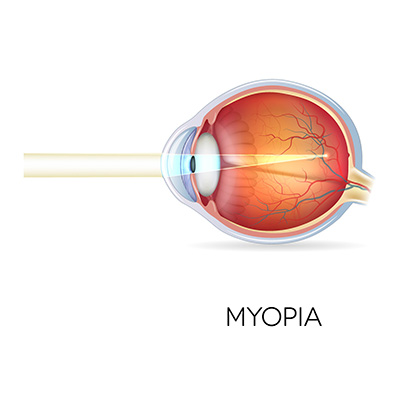Myopia, commonly known as nearsightedness, is a refractive error that affects millions of individuals worldwide.

With the prevalence of myopia on the rise, especially among younger populations, there is a growing interest in myopia control strategies to mitigate its progression. Among these strategies, the use of specialized spectacle lenses and contact lenses has garnered significant attention for their potential in managing myopia.
Myopia control spectacle lenses and contact lenses are innovative solutions designed to address the progression of myopia, offering a proactive approach to managing the condition. These lenses incorporate various optical designs and features aimed at controlling the elongation of the eyeball, which is a primary factor contributing to myopia progression.
Spectacle lenses for myopia control typically employ advanced optical designs such as multifocal lenses, peripheral defocus manipulation, or extended depth of focus technology. These lenses work by altering the distribution of light entering the eye, redistributing the focus to reduce the stimulus for axial elongation. By providing clear vision at both near and far distances, multifocal spectacle lenses encourage the eyes to focus more evenly, potentially slowing down myopia progression over time.
One of the key advantages of myopia control spectacle lenses is their ease of use and suitability for children and adolescents. They offer a non-invasive and convenient option for managing myopia, allowing for regular wear throughout daily activities.
On the other hand, myopia control contact lenses provide a more direct approach to managing myopia progression by placing the corrective optics directly on the eye’s surface. These lenses come in various designs, including orthokeratology (ortho-k) lenses, soft multifocal lenses, and specially designed rigid gas permeable (RGP) lenses.
Ortho-k lenses are specially crafted rigid lenses worn overnight to reshape the cornea temporarily, providing clear vision throughout the day without the need for daytime vision correction. By exerting specific pressure points on the cornea, ortho-k lenses can flatten its curvature, reducing the degree of myopia and potentially slowing down its progression over time.
Soft multifocal contact lenses incorporate multiple optical zones to provide clear vision at different distances, similar to multifocal spectacle lenses. These lenses create a myopic defocus in the peripheral retina, which may help counteract the stimulus for axial elongation and slow down myopia progression in children and adolescents.
Rigid gas permeable lenses designed for myopia control offer precise optics and excellent visual acuity, making them an effective option for managing myopia in individuals who are unable to tolerate soft lenses or are seeking enhanced visual clarity. These lenses provide consistent optical correction and may help slow down myopia progression by providing a stable visual environment for the eyes.
Both myopia control spectacle lenses and contact lenses require careful evaluation and fitting by eye care professionals to ensure optimal effectiveness and safety. Regular monitoring and follow-up appointments are essential to assess the progression of myopia and make any necessary adjustments to the lens prescription.
In conclusion, myopia control spectacle lenses and contact lenses represent promising tools in the management of myopia progression. By utilizing advanced optical designs and innovative technologies, these lenses offer a proactive approach to addressing the growing prevalence of myopia worldwide. With further research and advancements in this field, these lenses hold the potential to significantly impact the long-term visual health and well-being of individuals affected by myopia.